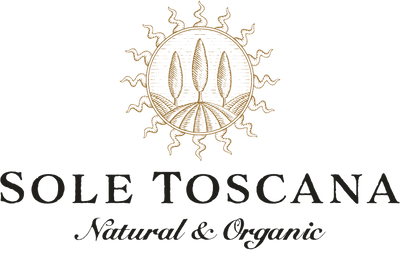You might recall that in the 1990s, manufacturers used chlorofluorocarbon (CFC) compounds in conditioning units, aerosol sprays, air, and as refrigerants.
However, scientists discovered that they were destroying the ozone layer- leading to the phasing out of CFCs from many products. The U.S. altogether banned the production of CFCs.
ISOBUTANE AS A SUBSTITUTE
Today, aerosol products are CFC-free thanks to manufacturers using safer chemicals. One of the alternative chemicals to CFCs is isobutane.
Even though it doesn't pose the same dangers to the ozone layer, isobutane may still cause some minor health problems.
What is isobutane?
It's a colorless and odorless gas derived from petroleum and natural gas. It is also known as methylpropane. Manufacturers used it in cosmetic products like aerosol hairsprays. It's also a fantastic foaming agent, that's it's an ingredient in mousses and shaving creams.
Other products that contain this chemical include shampoos, hair conditioners, and makeup due to its solvent properties.
But is it safe?
After reviewing the safety data associated with isobutane, the FDA has listed it as generally recognized as safe (GRAS)- thus approving it for use in the manufacture of foamed plastics and as an indirect food additive.
COSMETIC INGREDIENT REVIEW
The Cosmetic Ingredient Review (CIR) assessed scientific data and concluded that isobutane was safe as a cosmetic ingredient. Most toxicity studies on isobutane have involved inhalation rather than its effects on the skin. That's because isobutane is a gas and used mostly as a propellant. These research panels assumed that contact with the skin would be insignificant since the gas evaporates quickly.
SKIN DEEP DATABASE
In The Skin Deep Database, isobutene is listed as a moderate hazard, primarily because it can stimulate allergic reactions. However, so far, any evidence of its adverse effects on the skin is limited to the liquid form. Inhalation of the gas can cause wheezing, coughing, and strained breathing.

Safer, more nourishing choices
You're safe from lasting health problems as long as you use your aerosol hairspray in a well-ventilated area and avoid breathing in the vapors.
However, if you prefer natural options, you can try the suggestions below.
HOW ABOUT A DIY?
You can make your homemade spray by mixing lemon (or other citrus) juices with water and pouring into a spray bottle. Alternatively, boil a few teaspoons of sugar in water then pour that into a mist bottle. These two recipes make for an effective hair spray and give your tresses shine.
GO ORGANIC
The next time you go shopping, look for an organic non-aerosol spray. Many contain natural extracts like nettle, rosemary, and thyme, which smell pleasant, unlike isobutane.
With love,
The Sole Toscana Beauty Team


